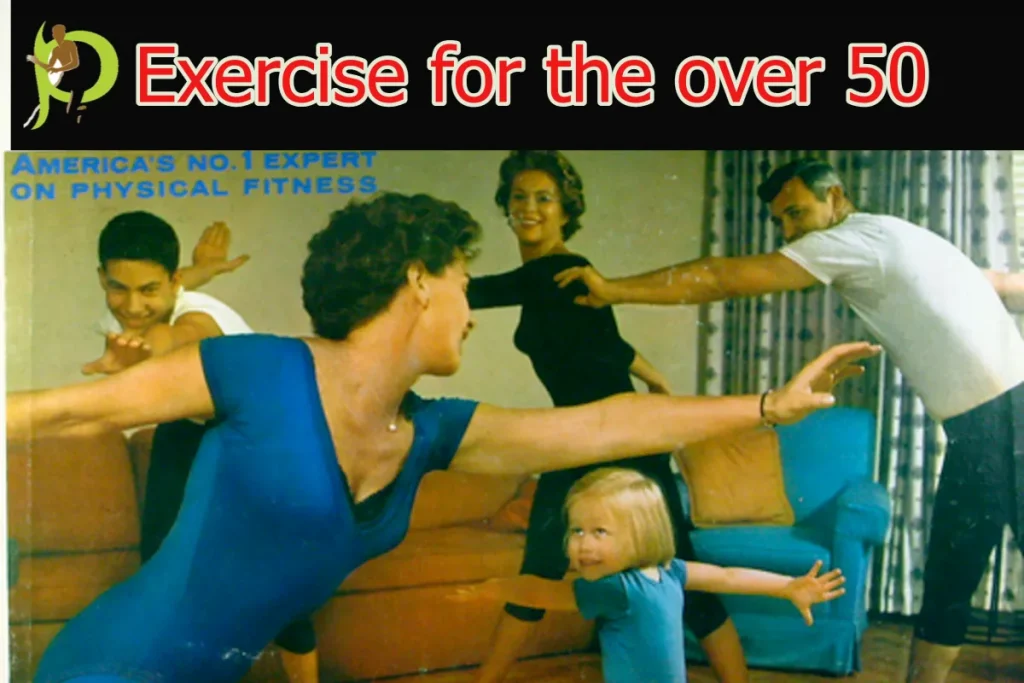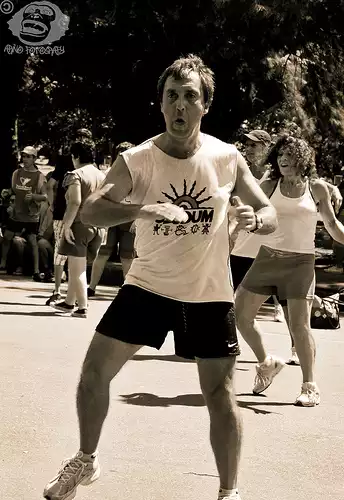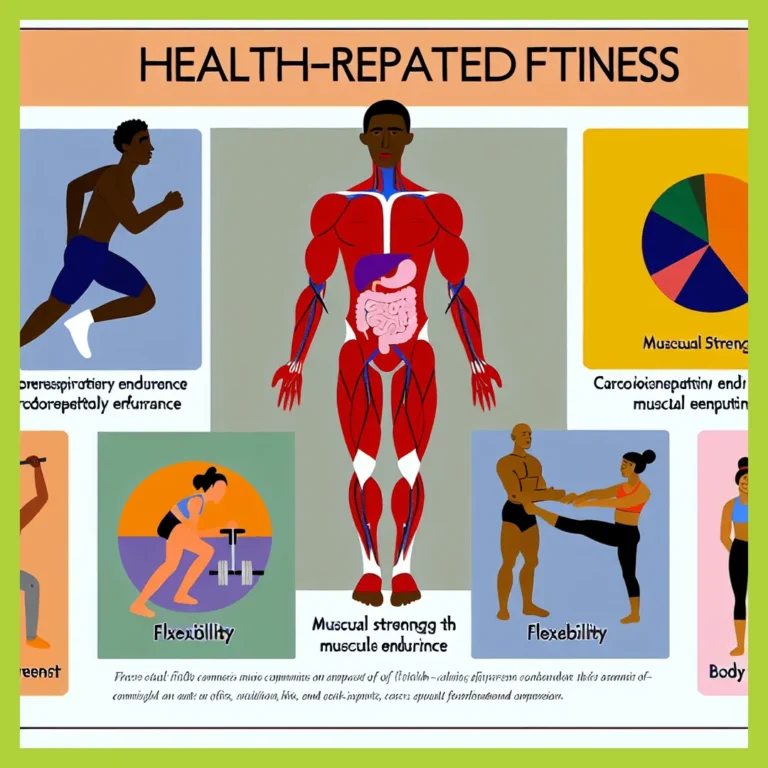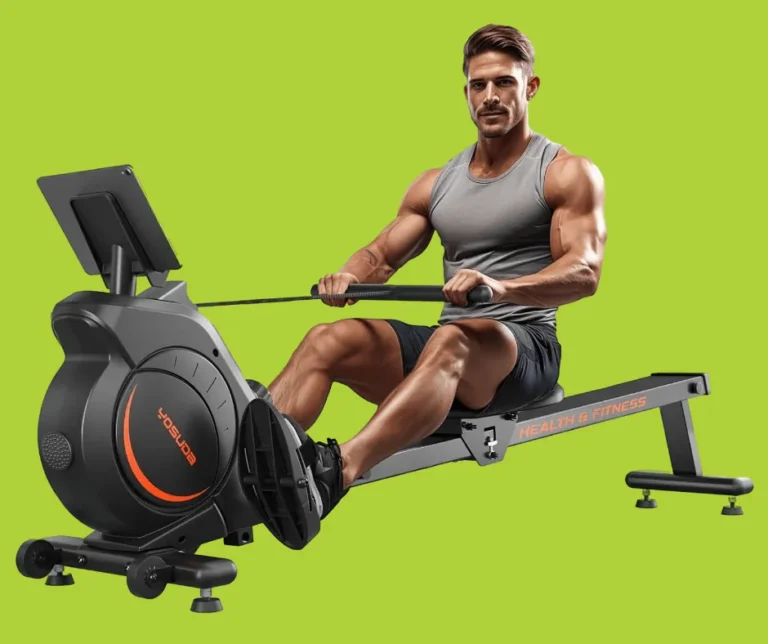Exercise for the over 50
As we age, staying physically active becomes increasingly important for maintaining overall health and well-being.
However, for those over the age of 50, finding the right type of exercise can be a challenge.
With changes in the body’s composition and function, it’s crucial to find a workout routine that is both effective and safe.
That’s where exercise for the over 50 comes in.
In this article, we will discuss the benefits of exercise for individuals over 50, as well as provide tips and recommendations for creating an exercise routine that fits your specific needs and abilities.
Whether you are new to exercise or looking to switch up your current routine, this article will provide valuable information and insights to help you stay active and healthy as you age.
With a focus on evidence-based research and expert recommendations, we will explore the importance of exercise for maintaining muscle mass, improving cardiovascular health, and managing chronic conditions that become more prevalent with age.
So let’s dive in and discover the best ways for those over 50 to incorporate exercise into their daily lives.
Table of Contents Exercise for the over 50
Low-impact cardio for joint health
Engaging in low-impact cardio exercises can be immensely beneficial for individuals looking to maintain joint health, particularly for those over the age of 50.
Low-impact exercises are gentle on the joints, minimizing the risk of strain or injury while still providing an effective cardiovascular workout.
Walking, swimming, cycling, and using the elliptical machine are all excellent options for low-impact cardio.
These exercises help to improve cardiovascular fitness, strengthen muscles, and enhance flexibility without placing excessive stress on the joints.
By incorporating regular low-impact cardio into their exercise routine, individuals can improve overall joint health, reduce the risk of joint-related ailments, and maintain an active and fulfilling lifestyle.
Strength training for bone health
Resistance training, specifically strength training, is crucial for individuals over 50 who aim to maintain optimal bone health.
As we age, our bones naturally lose density, making them more susceptible to fractures and osteoporosis.
Strength training exercises, such as weightlifting and bodyweight exercises, place stress on the bones, stimulating them to become stronger and denser.
This type of exercise also helps to improve muscle strength, balance, and coordination, further reducing the risk of falls and related injuries.
Incorporating regular strength training sessions into an exercise routine for individuals over 50 can significantly enhance bone health, leading to a more active and independent lifestyle in later years.
Balance exercises for fall prevention
To complement the benefits of strength training, incorporating balance exercises into an exercise routine is essential for fall prevention in individuals over 50.
Balance exercises focus on improving stability and coordination, reducing the risk of trips and falls.
These exercises can include simple activities such as standing on one leg, heel-to-toe walks, or practicing yoga poses that challenge balance.
By regularly engaging in balance exercises, individuals can enhance their proprioception and body awareness, allowing them to react more effectively to balance disturbances and maintain stability in various situations.
Additionally, incorporating these exercises into a well-rounded fitness program can promote overall physical confidence and independence, contributing to a safer and more fulfilling lifestyle for individuals over 50.
Stretching for flexibility and mobility
To maintain flexibility and mobility as we age, incorporating stretching exercises into our fitness routine is crucial.
Stretching helps to improve muscle elasticity and joint range of motion, reducing the risk of injuries and enhancing overall physical performance.
Engaging in regular stretching exercises can help to alleviate muscle stiffness and tightness, promoting better posture and ease of movement.
It is essential to perform stretches that target major muscle groups such as the hamstrings, quadriceps, calves, shoulders, and back.
Holding each stretch for 15-30 seconds and repeating them a few times can effectively improve flexibility and mobility.
By including stretching exercises in an exercise program designed for individuals over 50, one can promote better overall physical health and enjoy an active lifestyle for years to come.
Importance of warm-up and cool-down
Warm-up and cool-down exercises are essential components of any exercise routine, particularly for individuals over 50.
The warm-up phase prepares the body for physical activity by gradually increasing the heart rate, blood flow, and body temperature.
This not only helps to prevent injuries but also enhances performance during the workout.
By engaging in light cardiovascular exercises and dynamic stretches, the muscles become more pliable and ready for the upcoming exertion.
On the other hand, the cool-down phase allows the body to gradually return to its resting state and helps prevent post-exercise muscle soreness.
It involves performing gentle stretches and low-intensity exercises, which assist in reducing muscle tension and preventing blood pooling.
Incorporating a proper warm-up and cool-down routine into an exercise regimen for individuals over 50 promotes safety, improves workout efficiency, and supports overall recovery.
Incorporating rest days for recovery
To optimize the benefits of exercise for individuals over 50, it is crucial to incorporate rest days into their routine for adequate recovery.
Rest days provide an opportunity for the body to repair and rebuild itself after intense physical activity.
During exercise, muscles undergo microtears, and rest days allow these muscles to heal and grow stronger.
Moreover, rest days help prevent overtraining, which can lead to fatigue, decreased performance, and an increased risk of injuries.
By strategically scheduling rest days throughout the week, individuals over 50 can strike a balance between challenging their bodies and allowing them the necessary time for recovery, ultimately promoting long-term fitness and well-being.
Tailoring workouts to personal needs
To effectively tailor workouts to personal needs, individuals over 50 should consider their unique goals, fitness level, and any pre-existing health conditions.
It is important to consult with a healthcare professional or certified personal trainer who specializes in working with older adults.
These professionals can assess an individual’s current physical condition, discuss any limitations or concerns, and design a workout program that is safe and effective.
Tailoring workouts may involve modifications to accommodate joint issues, incorporating low-impact exercises to reduce stress on the body, and focusing on functional movements to improve daily activities.
By customizing workouts to individual needs, older adults can maximize the benefits of exercise while minimizing the risk of injury or strain, ultimately promoting overall health and well-being.
Seeking guidance from a professional
Seeking guidance from a professional is paramount when embarking on an exercise program for individuals over 50.
With the guidance of a healthcare professional or certified personal trainer who specializes in working with older adults, one can gain invaluable insights and expertise.
These professionals possess a deep understanding of the unique needs and concerns that arise with age, and can provide tailored recommendations based on individual goals, fitness level, and any pre-existing health conditions.
By collaborating with a professional, individuals can ensure that their exercise program is safe, effective, and aligned with their specific needs.
Whether it involves modifications to accommodate joint issues or incorporating low-impact exercises, the guidance of a professional can help older adults optimize their workouts and achieve their desired outcomes while minimizing the risk of injury or strain.
In conclusion, age should never be a barrier to staying active and maintaining a healthy lifestyle.
With the right mindset and approach, exercise can greatly benefit those over 50 by improving strength, flexibility, and overall well-being.
It’s important to consult a doctor and work with a professional trainer to create a personalized exercise plan that suits your abilities and goals.
So don’t let age hold you back, start incorporating regular exercise into your routine and enjoy the many physical and mental benefits it has to offer.
FAQ
What are some low-impact exercises that are recommended for individuals over 50 to maintain their physical fitness?
Low-impact exercises recommended for individuals over 50 include walking, swimming, cycling, yoga, and tai chi.
These activities help improve cardiovascular health, flexibility, strength, and balance while reducing the risk of injury.
They are gentle on the joints and can be easily modified to suit each individual’s fitness level and physical condition.
Regular participation in these exercises can help older adults maintain their physical fitness, overall health, and well-being.
How important is strength training for older adults, and what are some safe and effective exercises to incorporate into a workout routine?
Strength training is crucial for older adults as it helps maintain muscle mass, bone density, and overall physical function.
Some safe and effective exercises include bodyweight squats, lunges, push-ups, seated rows, and dumbbell curls.
It’s important to start with light weights and gradually increase as strength improves, focusing on proper form and technique to prevent injury.
A well-rounded routine that targets major muscle groups 2-3 times a week can help improve balance, coordination, and overall quality of life for older adults.
Always consult with a healthcare provider before starting a new exercise program.
What are some common injuries that older adults may experience while exercising, and how can they be prevented?
Common injuries that older adults may experience while exercising include muscle strains, ligament sprains, and joint pain.
These can be prevented by incorporating proper warm-up and cool-down routines, using appropriate equipment and footwear, gradually increasing exercise intensity, and listening to your body to avoid overexertion.
It’s also important to consult with a healthcare provider before starting any new exercise routine to ensure it is safe and suitable for your individual needs and health conditions.
Staying hydrated, maintaining good nutrition, and getting enough rest are also crucial for injury prevention in older adults.
How does regular exercise benefit cognitive function and mental health in individuals over 50?
Regular exercise benefits cognitive function and mental health in individuals over 50 by increasing blood flow to the brain, promoting the growth of new neurons, reducing inflammation, and releasing endorphins that improve mood and reduce stress.
It also helps in maintaining a healthy weight, reducing the risk of chronic diseases, and improving sleep quality, all of which contribute to overall mental well-being and cognitive function in older adults.
Additionally, exercise can enhance memory, attention, and decision-making skills, leading to improved cognitive function and a reduced risk of cognitive decline in individuals over 50.
What are some key considerations for creating a well-rounded exercise program for older adults, including cardiovascular, flexibility, and balance exercises?
A well-rounded exercise program for older adults should include a mix of cardiovascular exercises like walking or swimming for heart health, flexibility exercises to maintain range of motion and joint health, and balance exercises such as yoga or tai chi to prevent falls and improve stability.
It’s important to start slowly and gradually increase intensity, listen to the body to avoid injury, and consult with a healthcare provider before starting any new exercise routine to ensure safety and appropriateness for individual health conditions and capabilities.
Consistency and variety in exercises are key for overall physical well-being in older adults.







